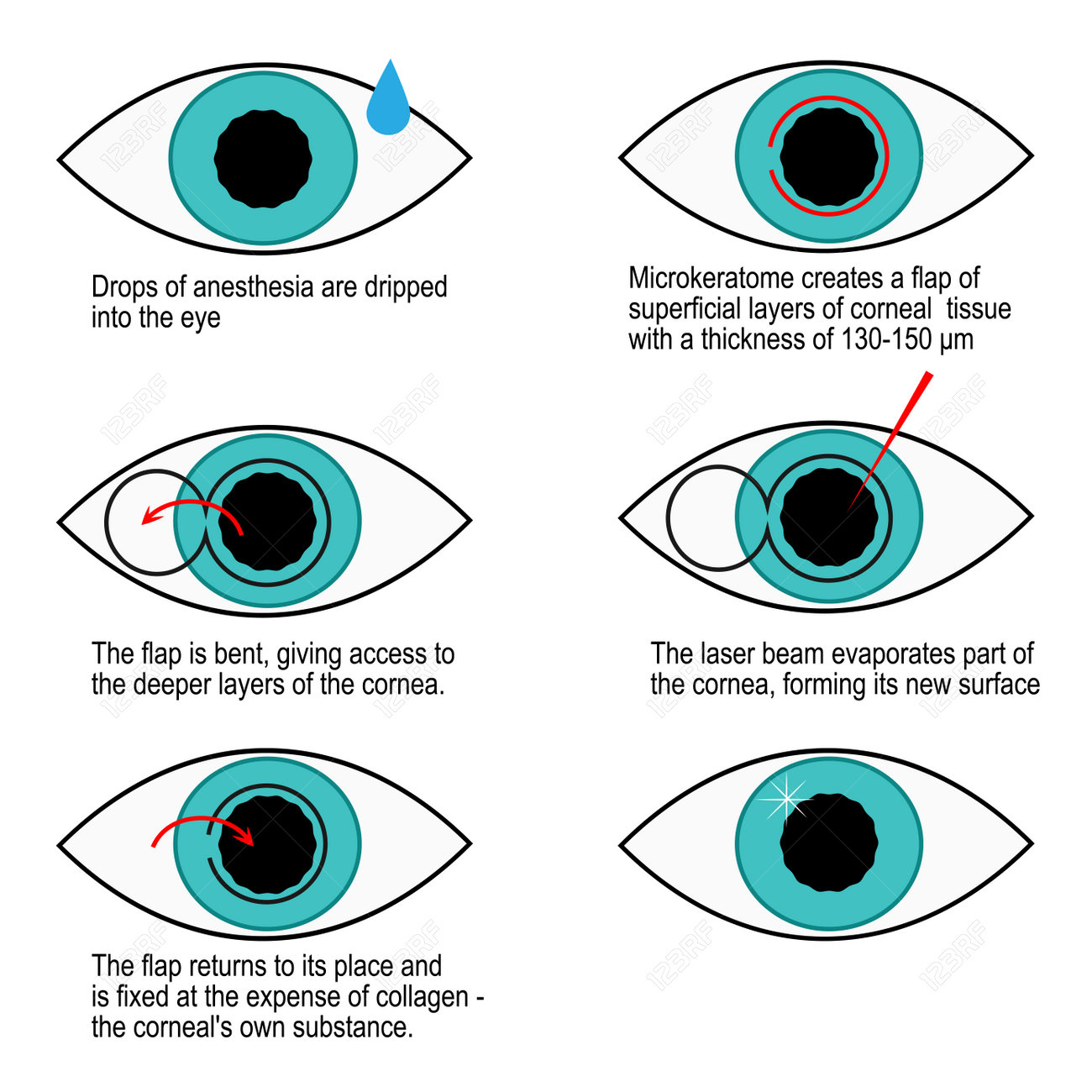The Full Frequently Asked Question On Refractive Lens Exchange: All The Info You Need
The Full Frequently Asked Question On Refractive Lens Exchange: All The Info You Need
Blog Article
Developed By-Nissen Huynh
If you're taking into consideration refractive lens exchange, you probably have a great deal of inquiries. This treatment can transform exactly how you see the world, supplying benefits like minimized dependancy on glasses. However, it's essential to comprehend the procedure, threats, and that qualifies as a good prospect. Let's discover these vital facets so you can make an educated decision about whether RLE is right for you.
What Is Refractive Lens Exchange and Just How Does It Function?
Refractive lens exchange (RLE) is an operation developed to replace your eye's natural lens with an artificial one, remedying vision concerns like nearsightedness, farsightedness, or presbyopia.
Throughout the procedure, your specialist makes a tiny laceration in the eye, eliminates your all-natural lens, and inserts an intraocular lens (IOL) customized to your vision needs. This outpatient surgical procedure normally takes about 15 to half an hour per eye and is done under neighborhood anesthetic.
You'll likely observe improvements in your vision almost promptly, though full recovery may take a few weeks. RLE is specifically advantageous for those over 40 or with high prescriptions, providing a resilient service contrasted to glasses or call lenses.
Your eye care specialist can help figure out if RLE is right for you.
What Are the Benefits and Risks of Refractive Lens Exchange?
Selecting refractive lens exchange can cause significant enhancements in your vision, but it is essential to evaluate both the advantages and dangers prior to choosing.
On the bonus side, this treatment can boost your eyesight by fixing concerns like presbyopia, nearsightedness, and hyperopia. Many people appreciate reduced reliance on glasses or get in touch with lenses, which can substantially boost their quality of life.
Nevertheless, it's vital to think about prospective risks. Cost Of LASIK Oregon can consist of infection, glow, or halos around lights.
There's additionally a possibility of overcorrection or undercorrection, which may require extra procedures.
That Is an Ideal Candidate for Refractive Lens Exchange?
If you're taking into consideration refractive lens exchange, it is necessary to know whether you fit the profile of an ideal candidate. Usually, you may be a good candidate if you more than 40, experience presbyopia, or have high levels of nearsightedness or farsightedness.
It's also important that your vision is steady, meaning your prescription hasn't changed dramatically in the past year. If you have cataracts or other eye problems, you might take advantage of this procedure too.
Nevertheless, specific aspects, like uncontrolled diabetes mellitus or autoimmune conditions, could disqualify you. To determine LASIK Gave Me Freedom , talk to an eye care specialist who can evaluate your certain circumstance and suggest the best course of action tailored to your needs.
Verdict
In conclusion, refractive lens exchange can be a transformative choice for boosting your vision, particularly if you more than 40 or have a high prescription. While the advantages are considerable, it's essential to evaluate the risks and seek advice from your eye treatment professional to identify if you're a suitable candidate. With the appropriate info and support, you can make an educated choice and potentially take pleasure in a life with reduced dependancy on glasses.
